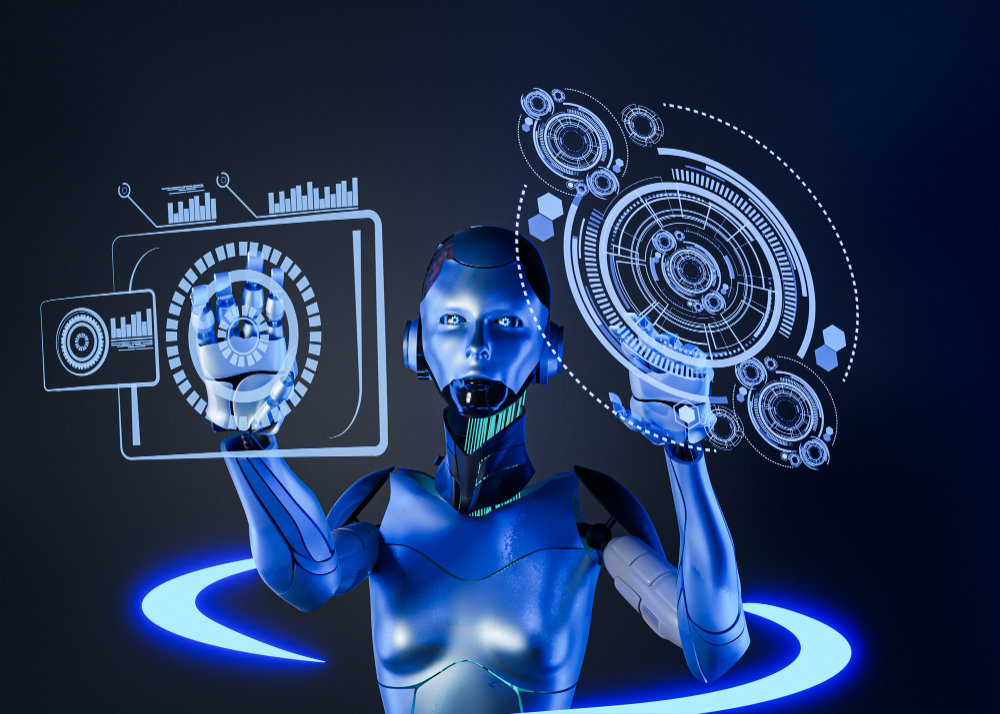Artificial Intelligence (AI) has become an integral part of our daily lives, powering everything from personalized recommendations to predictive analytics. However, as AI algorithms become increasingly sophisticated, concerns have been raised about their potential for bias and discrimination. In this article, we will explore the issue of bias in AI, delving into the mechanisms behind it and examining strategies to ensure fairness and accountability in the development and deployment of these powerful technologies.
What is AI Algorithms?
AI algorithms are the backbone of modern artificial intelligence systems. These complex mathematical models are designed to analyze data, identify patterns, and make decisions or predictions based on that analysis. AI algorithms are used in a wide range of applications, from image recognition to natural language processing, and they are constantly evolving to become more accurate and efficient.
However, the development of AI algorithms is not without its challenges. One of the key issues that has emerged is the potential for bias, which can lead to unfair or discriminatory outcomes. Bias in AI can arise from a variety of sources, including the data used to train the algorithms, the assumptions and biases of the developers, and the inherent limitations of the algorithms themselves.
Is AI Biased?
The short answer is yes, AI can be biased. While AI algorithms are often touted as being objective and impartial, the reality is that they can perpetuate and even amplify the biases present in the data used to train them. This can lead to a range of problematic outcomes, such as:
- Discrimination: AI algorithms can make decisions that discriminate against individuals or groups based on factors such as race, gender, or socioeconomic status.
- Inaccurate Predictions: Biased data can lead to AI algorithms making inaccurate predictions, which can have serious consequences in areas like healthcare, criminal justice, and finance.
- Reinforcement of Stereotypes: AI-powered systems can reinforce existing societal biases and stereotypes, further entrenching inequalities.
These issues highlight the critical need to address bias in AI algorithms and ensure that they are developed and deployed in a fair and equitable manner.
Unmasking Bias in AI Algorithms
Identifying and addressing bias in AI algorithms is a complex and multifaceted challenge. Some of the key factors that contribute to bias in AI include:
- Data Bias: The data used to train AI algorithms can be biased, reflecting historical inequities and societal prejudices. This can lead to algorithms that perpetuate and amplify these biases.
- Algorithm Design: The way AI algorithms are designed and implemented can also introduce bias, particularly if the developers’ own biases or assumptions are not properly accounted for.
- Lack of Diversity: The lack of diversity in the teams developing AI systems can result in blind spots and a failure to identify and address bias.
- Opacity: Many AI algorithms are “black boxes,” meaning that the decision-making process is not transparent or easily explainable. This can make it difficult to identify and address bias.
To address these issues, researchers and practitioners are exploring a range of strategies, including:
- Diverse and Inclusive Teams: Ensuring that the teams developing AI systems are diverse and representative of the communities they serve can help to identify and mitigate bias.
- Algorithmic Auditing: Regularly auditing AI algorithms to identify and address bias, and implementing processes for ongoing monitoring and adjustment.
- Transparency and Explainability: Developing AI systems that are more transparent and explainable, so that the decision-making process can be better understood and scrutinized.
- Ethical AI Frameworks: Establishing ethical frameworks and guidelines to ensure that AI systems are developed and deployed in a responsible and equitable manner.
How AI Thinks?
At the heart of AI algorithms is the concept of machine learning, which involves training algorithms on large datasets to identify patterns and make predictions. This process can be thought of as the “thinking” of an AI system, as the algorithm learns to make decisions and draw conclusions based on the data it has been exposed to.
However, the way AI “thinks” can be fundamentally different from the way humans think. AI algorithms are not constrained by the same cognitive biases and limitations that humans are, but they can still perpetuate and amplify biases present in the data they are trained on.
For example, an AI algorithm trained on historical hiring data may learn to associate certain demographic characteristics with job performance, and then use that information to make hiring decisions that discriminate against certain groups. This type of bias can be difficult to detect and address, as the algorithm is simply following the patterns it has learned from the data, rather than making conscious decisions based on prejudice.
To address these issues, researchers are exploring ways to make AI systems more transparent and accountable, so that the decision-making process can be better understood and scrutinized. This may involve techniques such as explainable AI, which aims to make the reasoning behind AI decisions more accessible and interpretable.
Summary
In conclusion, the issue of bias in AI algorithms is a complex and multifaceted challenge that requires a holistic approach to address. By understanding the sources of bias, implementing strategies to mitigate it, and developing more transparent and accountable AI systems, we can work towards a future where the benefits of AI are distributed more equitably and without perpetuating existing societal biases and inequalities.
To learn more about how to ensure fairness and accountability in AI, subscribe to our newsletter and stay up-to-date on the latest developments in this rapidly evolving field.

